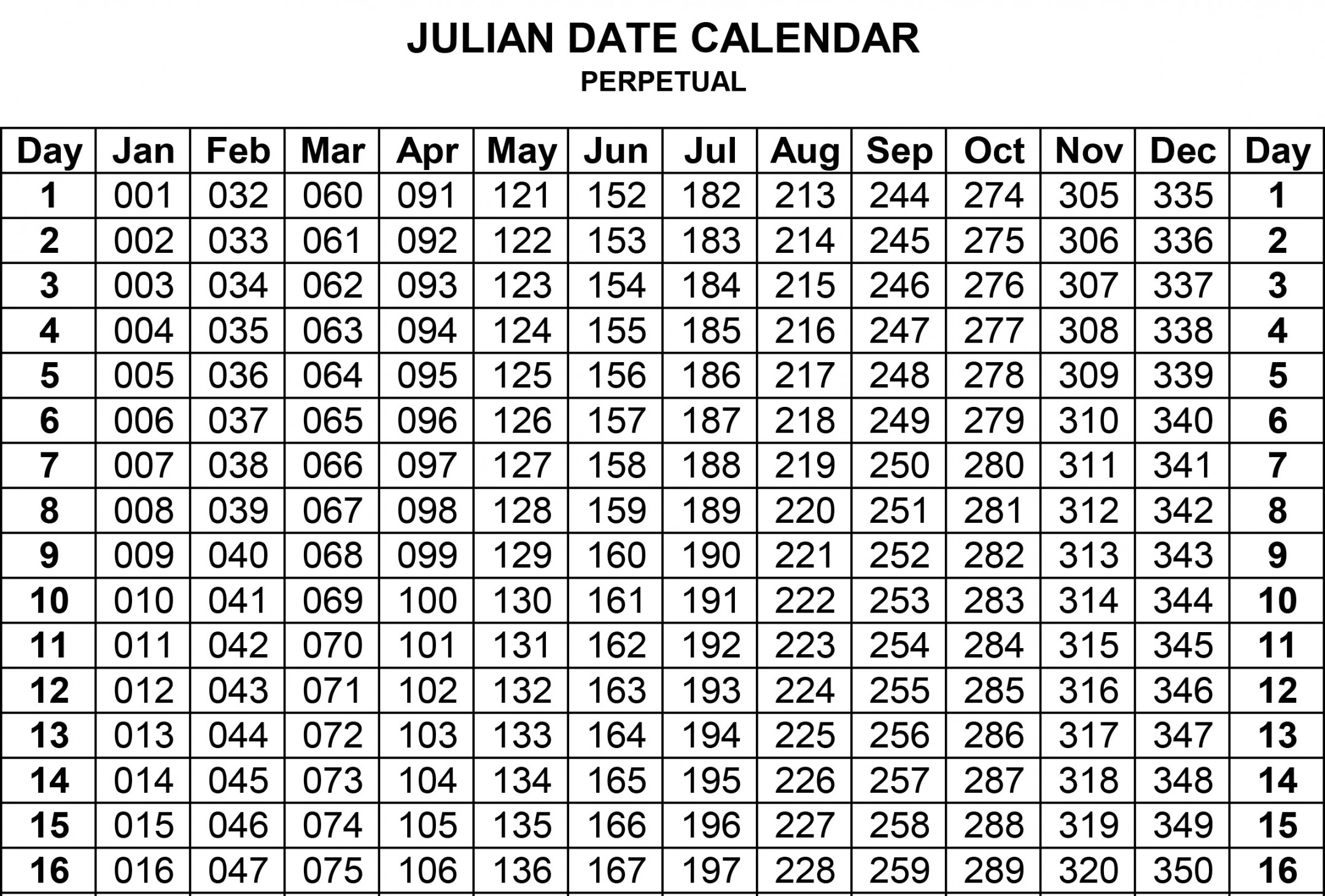Deciphering the Code: A Casual Guide to Reading Julian Calendar Dates
Ever encountered a strange date format consisting of numbers and hyphens, leaving you scratching your head? You might have stumbled upon a Julian date, a numerical system used for various purposes, including historical records, astronomy, and even product packaging. Fear not, deciphering these cryptic codes isn’t rocket science! Let’s unravel the mystery and empower you to read Julian dates like a pro.

Unlike the familiar calendar you use daily, the Julian calendar isn’t concerned with months and weeks. Instead, it assigns a unique number to each day since January 1st, 4713 BC. Yes, you read that right – it’s a long-running counter! This continuous system offers several advantages, especially for scientific calculations and tracking long periods of time.

The format of a Julian date varies depending on the context. Here are the two most common types:

– This format uses the last two digits of the year followed by the day of the year. For example, 23001 represents January 1st, 2023.
– If the date only has three digits, it likely assumes the current year. So, 001 on a perishable item might indicate it was packaged on January 1st of the current year.

– This format includes the full four-digit year, followed by the day of the year. For example, 2023001 clearly specifies January 1st, 2023.
– Remember, Julian dates start at noon, not midnight.
– Leap years can complicate things slightly. Some systems adjust for leap years, while others might require additional calculations.
– If you’re unsure about the specific format, context clues often provide hints. Look for year ranges or references to the Julian calendar alongside the date.
– Online conversion tools can help you translate Julian dates to familiar calendar formats.
– Historical references or product packaging information might provide specific details about the Julian date system used.
Understanding Julian dates opens doors to various information, from historical records to scientific data. With this newfound knowledge, you can explore archives, delve deeper into research, and even impress your friends with your calendar expertise!
1. Why would anyone use Julian dates instead of the regular calendar?
– Julian dates offer a continuous, consistent system for long-term calculations and data analysis, making them valuable in astronomy, historical records, and specific software applications.
2. Are there different types of Julian dates?
– Yes! Modified Julian Dates (MJD) and Julian Dates Modified (JDM) are variations used in specific contexts, but the basic principles remain similar.
3. What if I encounter a Julian date with decimals?
– Decimal parts represent fractions of a day, allowing for precise timekeeping beyond midnight.
4. Can I use Julian dates for everyday tasks?
– While not necessary for daily life, understanding Julian dates can enhance your understanding of historical records, scientific data, and certain specialized fields.
5. Where can I learn more about Julian dates?
– Online resources, astronomy websites, and historical references often provide detailed explanations and conversion tools.
Remember, the key to mastering Julian dates is understanding the format and utilizing available resources. With a little practice, you’ll be deciphering these seemingly cryptic codes like a seasoned pro!